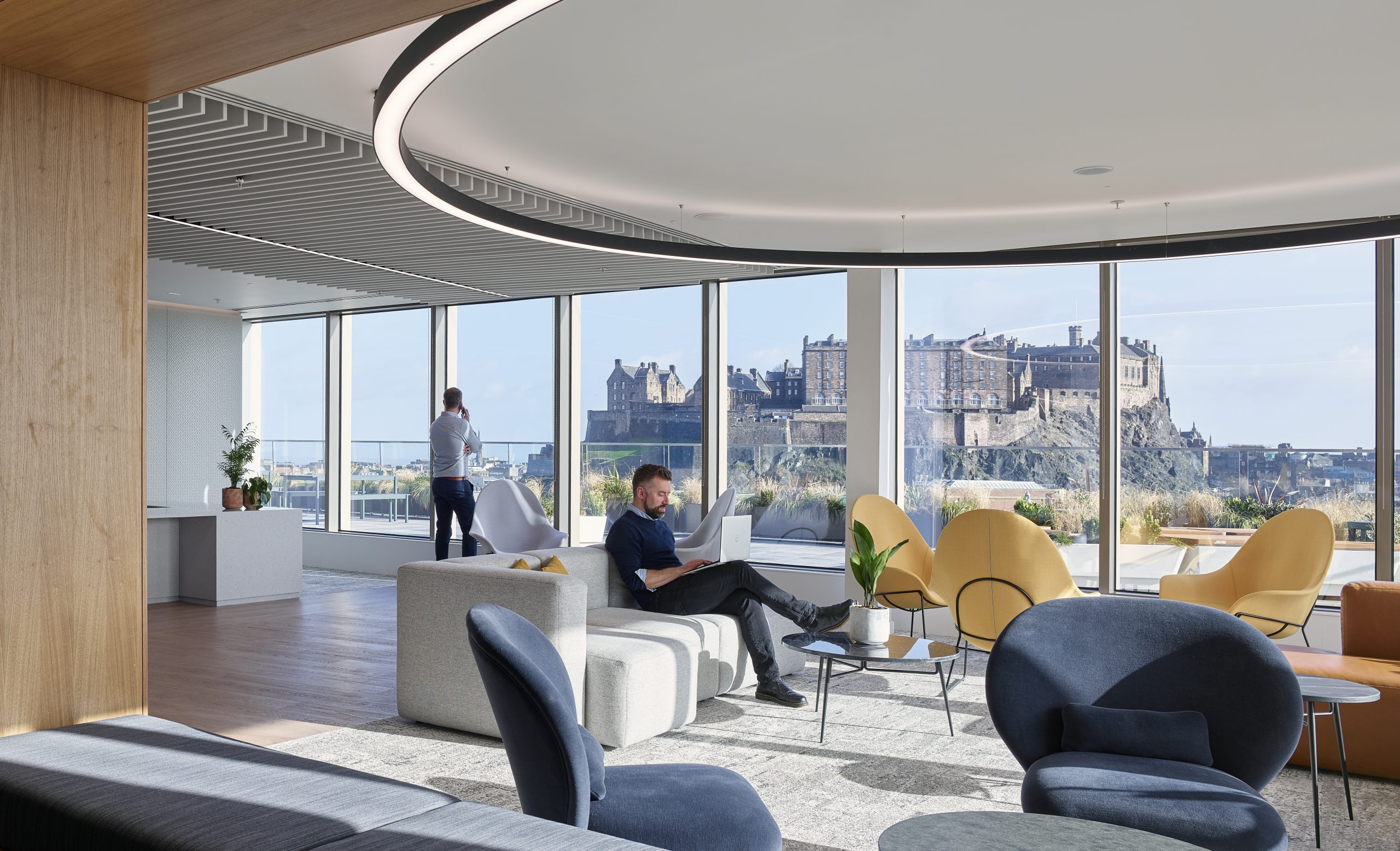
At Benholm we mainly contribute to biophilic design projects through our creative planting solutions – but there is so much more to this complex design method than just plants!
Below we have detailed 7 key elements biophilic design encompasses and why they are important for interior designers to consider when creating a nourishing environment.
When these elements combine effectively, it should create a nourishing environment that not only looks great but also enhances the physical and psychological wellbeing of the inhabitants these spaces.
Natural materials
Using natural materials, often locally sourced with minimal processing, is a key component of biophilic design.
Terrapin Bright Green’s 2014 publication: 14 Patterns of Biophilic Design articulates the symbiotic relationship between human biology and natural materials in the built environment. The whitepaper references a series of studies which found that having a material connection with nature decreased diastolic blood pressure and improved comfort and creative performance in participants.
Natural materials such as wood, glass, wool, and cotton all tap into our in-built affinity with nature and strengthen our connections with the outdoor world.
Plants
Perhaps the most recognizable element of biophilic design is the use of plants to enhance any setting. Beyond being visually appealing, plants can have a measurable impact on the overall wellbeing of those who occupy green spaces.
The Human Spaces report: The Global Impact of Biophilic Design in the Workplace found that those who work in environments with natural elements report a 15% higher level of well-being, a 6% higher level of productivity and a 15% higher level of creativity than those who work in environments devoid of nature. Separate studies have also shown that plants can improve interior acoustics and help to reduce absenteeism by purifying the air of harmful pollutants.
From small potted houseplants to large living walls, there is a planting solution to suit most spaces and budgets.
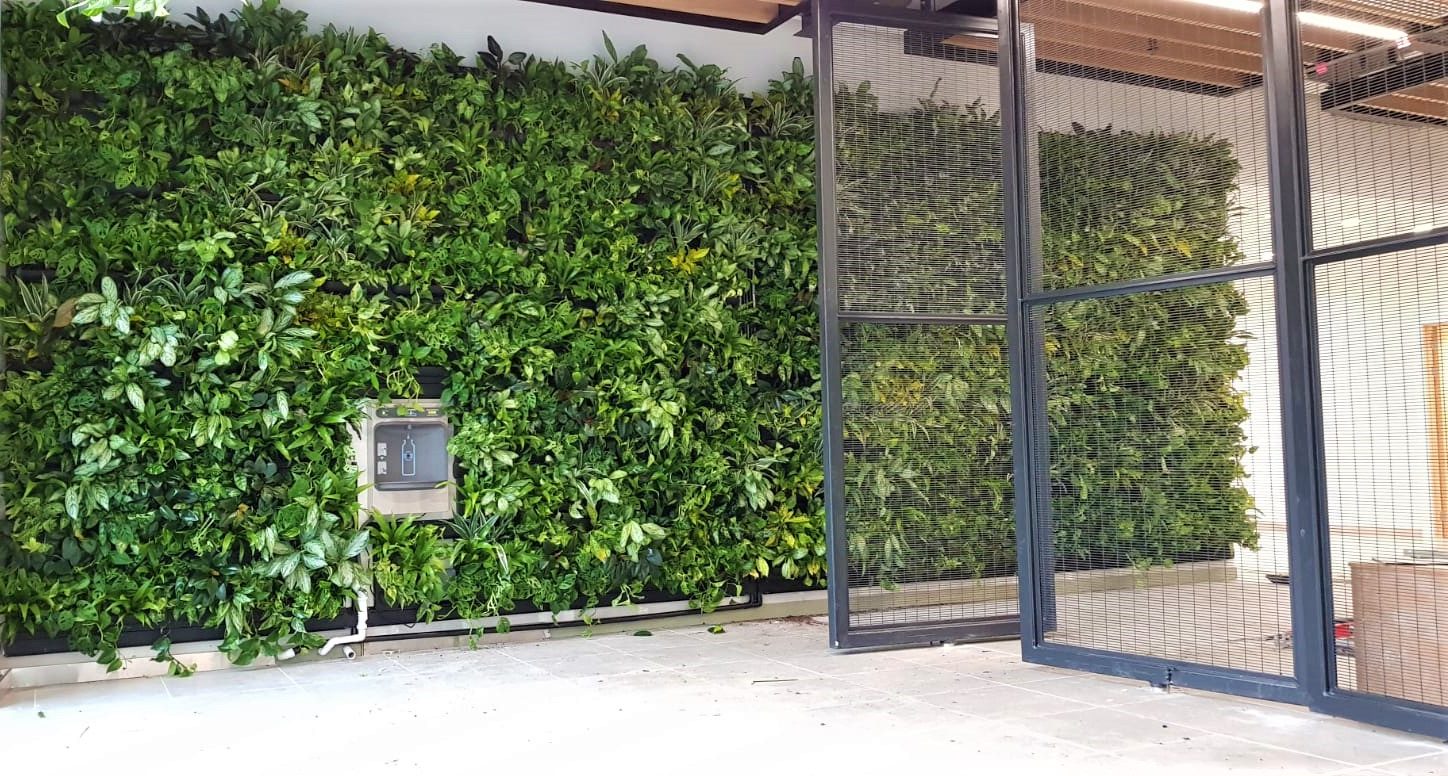
Presence of water
Water may not be as synonymous with biophilic design as plants are, however, its presence has also been proven to boost both physical and psychological wellbeing.
Moving water, in particular, can create multisensory stimulation which Dr Wallace J. Nicholls explores in Blue Mind: The surprising science that shows how being near, in, on, or under water can make you happier, healthier, more connected, and better at what you do. The 2014 publication offers quantifiable evidence of how the presence of water can boost both physical and psychological wellbeing.
Despite being central to our survival, opportunities to interact with water is largely limited in urban areas, with watering systems typically hidden within building infrastructure. “Aquatecture” addresses this problem by exposing water works to improve our connection with the water cycle.
Prospect views
Incorporating uninterrupted ‘prospect’ views that allow us to gaze into the far distance is another way interior designers can maximise the biophilic potential of their project.
The theory of prospect-refuge was first introduced in Jay Appleton’s 1975 book, The Experience of Landscape, which argues that we derive feelings of safety and pleasure from inhabiting environments that offer both views and a sense of enclosure. This is because the ability to see far into the distance conveys a sense of control and supervision of our surroundings. This primal way of thinking can be traced back to our ancestors, who settled in areas with prospect views allowing them to anticipate danger and approaching predators. Luckily, we can appreciate prospect views primarily for their beauty than for safety reasons.
Hospitality venues have capitalised on this theory as demonstrated by research carried out by Oliver Heath Design, which revealed that hotel guests are willing to pay a 23% premium to reserve rooms with views of biophilic elements.
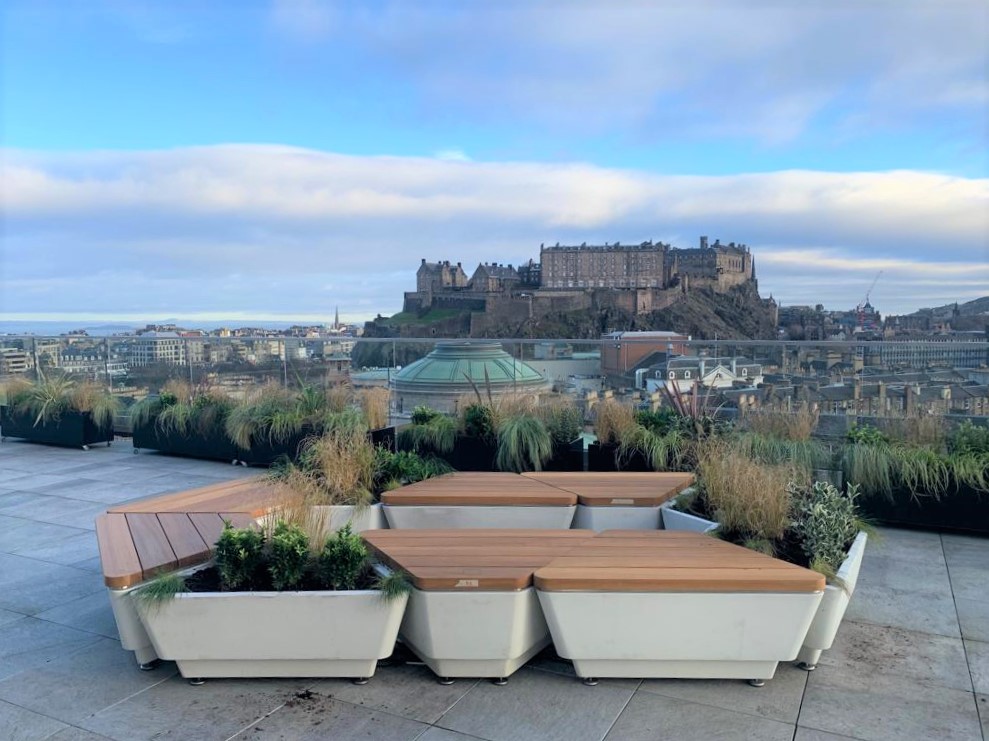
Light
Lighting is another key consideration for interior designers when creating a space with biophilic design principles in mind.
Artificial lighting has made us a more productive species able to work throughout all hours of the day, but what impact does this have on our wellbeing?
Most artificial lighting lacks the dynamism of natural lighting and will a deliver a static, consistent level of light. This type of lighting together with inadequate exposure to natural light can throw our circadian rhythm out of sync which is essential in helping to regulate body temperature, hormonal activity, immune function, and sleep cycles.
For this reason, biophilic design places a real focus on making use of natural light where possible.
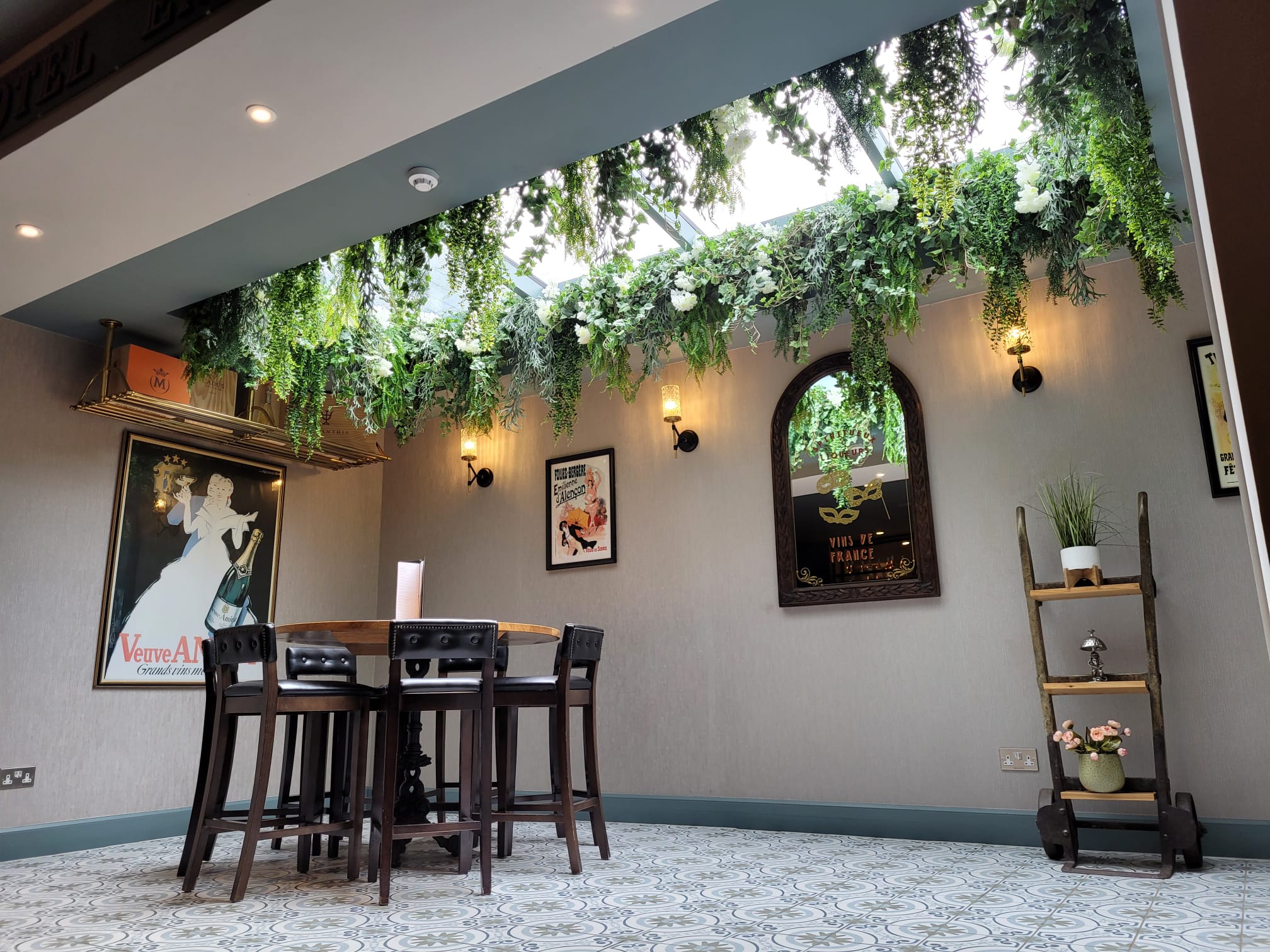
Organic shapes
Biophilic design avoids rigid, straight lines and instead encourages the use of ‘fractal’ patterns. Fractal patterns can be best described as identical shapes that endlessly repeat across different scales – like those seen in pinecones, snowflakes, tree branches and seashells.
Studies carried out by Psychology Today found that exposure to fractal patterns can reduce stress levels by up to 60% and can even accelerate post-surgical recovery rates. They reason that this is due to an in-built familiarity we have with naturally occurring shapes found throughout nature which foster feelings of calmness and serenity.
Biophilic colours
A biophilic colour palette, like the ones seen above, consist of more than just greens and offer a wide variety of tones inspired by nature that will complement most settings. Sally Coulthard neatly categorizes these colours as Sky, Sea, Plants and Earth in her 2020 book Biophilia: You Nature and Home.
Simulating the colours found in nature can have a positive impact on our mental health which Dulux recognized when selecting “Bright Skies” as their Colour of the Year for 2022. A panel of international design experts wanted Dulux’s 2022 colour to “understand the mood of the moment” describing it as a “light, airy and optimistic blue that’s good for the soul.”
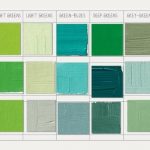
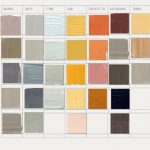

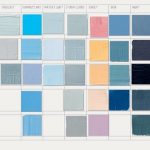
We work throughout the UK to bring the benefits of biophilia to businesses of all sizes. To talk to our team and find out more information, or to get a free tailored quote, call us on 01324 861300.
Resources
14 patterns of biophilic design
Human Spaces: The Global Impact of Biophilic Design in the Workplace
Dulux – Colour of the Year 2022
We hope this article has given you a better understanding of some of the key components biophilic design and the psychology behind why we react positively to them. If you found this article helpful, feel free to share it with your network using the icons provided below.










